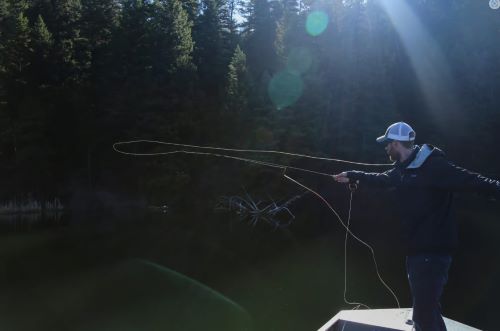Fly-fishing with a sinking fly line lets an angler experience the electric thrill of a fish’s jolting strike, and the power of its first run. You always stay connected to your wet-fly lure. The effectiveness – and fun – of sinking lines are undeniable.
Although the trend is to fish stillwaters with floating fly lines, weighted flies, and strike indicators, a sinking fly line set-up must be actively retrieved after the fly pattern and line reach their desired depth. Here is a selection of sinking fly lines, and advice when to use them with imitations of underwater food sources like leeches, or the pupal and larval stages of dragonflies, damselflies, mayflies, caddisflies, or chironomids.
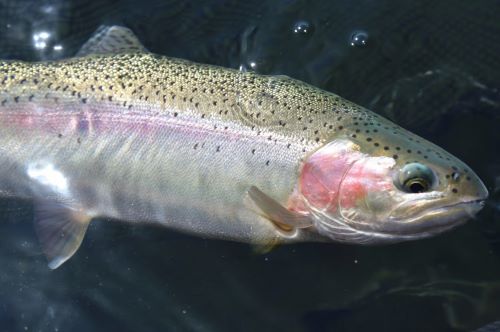
Hover Lines
Slow sinking lines will generally have sink rates between 0.5 and one inch per second. The slowest of these lines, often referred to as “hover” lines, prove useful when fishing shallow water with mayfly nymph, scud, or leech patterns. A hover line’s main advantage over a floating line is that it produces no wake in the surface film. This line is a powerful weapon, especially when presenting mayfly nymph imitations to spooky fish, as it allows you to slowly creep a fly through the water without worrying about snagging the bottom.
Intermediate Sink
Intermediate sinking lines typically have sink rates around two inches per second. These lines are most popular when used to fish scuds and leeches in shallow water.
They are also great tools when fish are feeding on chironomid pupae in deeper water at a variety of depths. Intermediate lines let your fly sweep through the water column from top to bottom as it descends, and then again from bottom to top on the retrieve. This ensures that the pupal imitations are presented to fish dispersed throughout the water column.

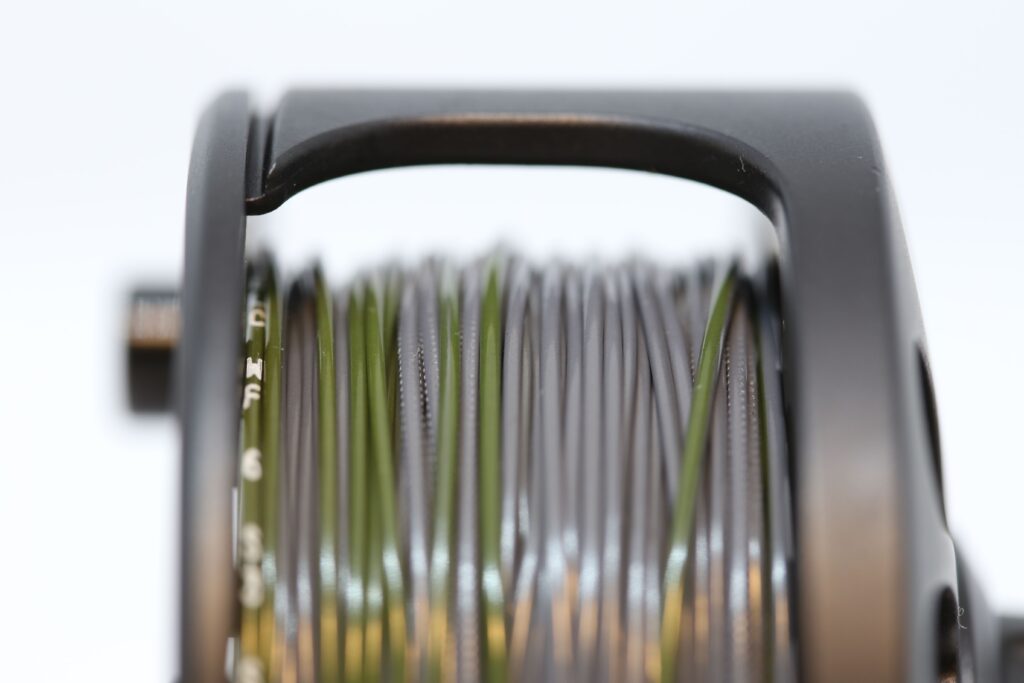
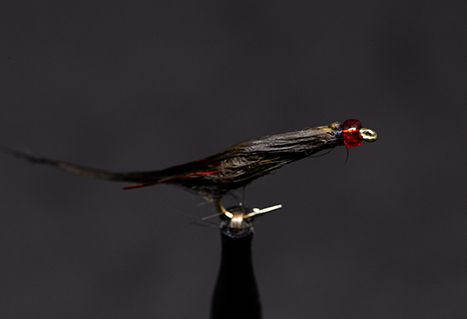
Medium Sink
With a sink rate of about three inches per second, medium sinking lines are workhorses that can prove useful in a wide range of sub-surface scenarios. Their sink rate is ideal for fishing scuds, leeches, and water boatmen in depths between eight and 15 feet. A notable feature of today’s sinking lines is that they descend uniformly without a “belly,” which gives a more direct connection to the fly, and lets you detect striking fish more quickly.
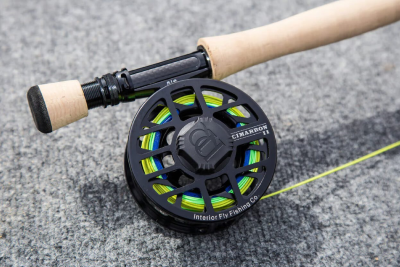
Fast Sink
Fast sinking lines descend at a rate of about five inches per second. These lines decrease the amount of time spent waiting for your fly to reach its desired depth, and are great for prospecting depths between 10 and 20 feet. Use fast sinking lines with a broad range of imitations and techniques:
- Use weighted or unweighted dragonfly nymphs near the bottom.
- Search with caddis pupae imitations off ledges or drop-offs.
- Simply fan-cast around your boat with weighted leeches or attractor patterns like blobs.
Ultra-Fast Sink
Sinking at a rate of seven inches per second, ultra-fast sink lines are designed to descend super quickly, and are a critical piece of a stillwater angler’s arsenal. Use them in these scenarios:
- Fish unweighted attractor flies like Boobys across shallow marl flats. The line will sink quickly and rest on the bottom, while the unweighted fly is trotted across the flats on a short leader. The fly will rise up in the water column whenever the retrieve is stopped.
- In a technique often referred to as “dangling,” these heavily-weighted lines are highly effective for fishing vertically suspended chironomid pupal or larval imitations.
- During the summer, ultra-fast sinking lines are a necessity for searching out fish that are hiding in deep water.
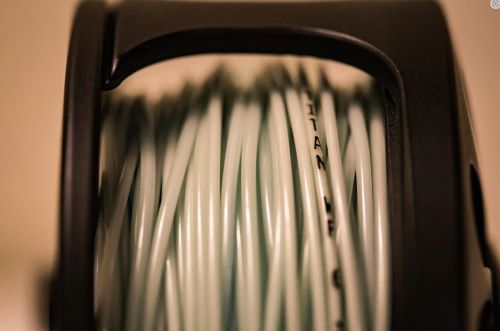
In Closing
At one time, I assumed that sinking fly lines were just sinking fly lines. In the past decade, they have seen such incredible technological advancements that I now understand the need to have lines in a wide range of sink rates. With these new lines, it is now easier than ever to fish any sub-surface situation.
Author: Jordan Oelrich
Images: Jordan Oelrich
Jordan Oelrich is the owner of Interior Fly Fishing Co. When he’s not guiding, Jordan shares his knowledge for fishing as a writer and fly-tying instructor.
